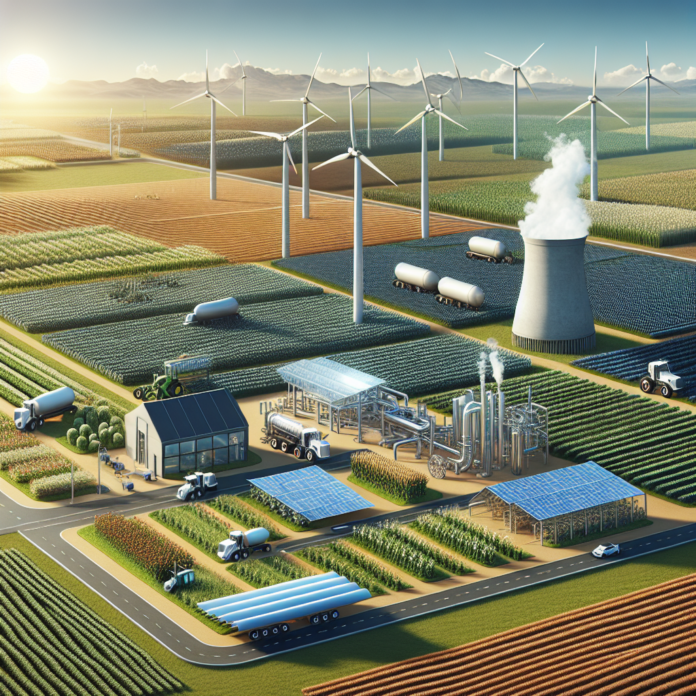Study Reveals U.S. Agriculture’s Potential for Greenhouse Gas Reduction
New Research Indicates Potential for U.S. Agriculture to Achieve Greenhouse Gas Negativity
Recent studies have unveiled promising possibilities for U.S. agriculture to transition into a net-negative greenhouse gas emitter. This groundbreaking research, published on CNHI News, highlights innovative agricultural practices and technologies that could transform the sector into a significant contributor to climate change mitigation.
Key Insights from the Research
The study emphasizes the importance of sustainable farming practices, such as regenerative agriculture, which focuses on restoring soil health, increasing biodiversity, and enhancing ecosystem services. Techniques like cover cropping, reduced tillage, and agroforestry are identified as critical components in capturing carbon dioxide and reducing greenhouse gas emissions.
Technological Advancements
Advancements in agricultural technology also play a pivotal role. Precision agriculture tools, including drones and satellite imagery, enable farmers to optimize resource use, reducing excess inputs such as fertilizers and pesticides that contribute to emissions. Furthermore, developments in bioengineering, such as methane-reducing feed additives for livestock, offer significant potential to lower methane emissions from ruminant animals.
Policy and Economic Implications
For the agricultural sector to fully realize its greenhouse gas-negative potential, supportive policies and economic incentives are crucial. The research suggests that government programs could facilitate the adoption of sustainable practices by providing financial assistance, technical support, and market access for sustainably grown products. Carbon credit systems could further incentivize farmers to engage in carbon sequestration activities.
Potential Challenges
Despite the promising outlook, several challenges must be addressed. The initial cost of transitioning to sustainable practices and technologies can be prohibitive for many farmers. Additionally, there is a need for extensive education and training to ensure the effective implementation of these new methods. Addressing these barriers will require collaborative efforts among policymakers, researchers, and agricultural communities.
Conclusion
The potential for U.S. agriculture to become a greenhouse gas-negative industry presents an exciting opportunity to combat climate change. By embracing innovative practices and technologies, along with supportive policies, the agricultural sector can significantly contribute to global sustainability goals. This transformative shift not only promises environmental benefits but also promotes economic resilience and food security.
For more information on the study and its implications, visit CNHI News.
